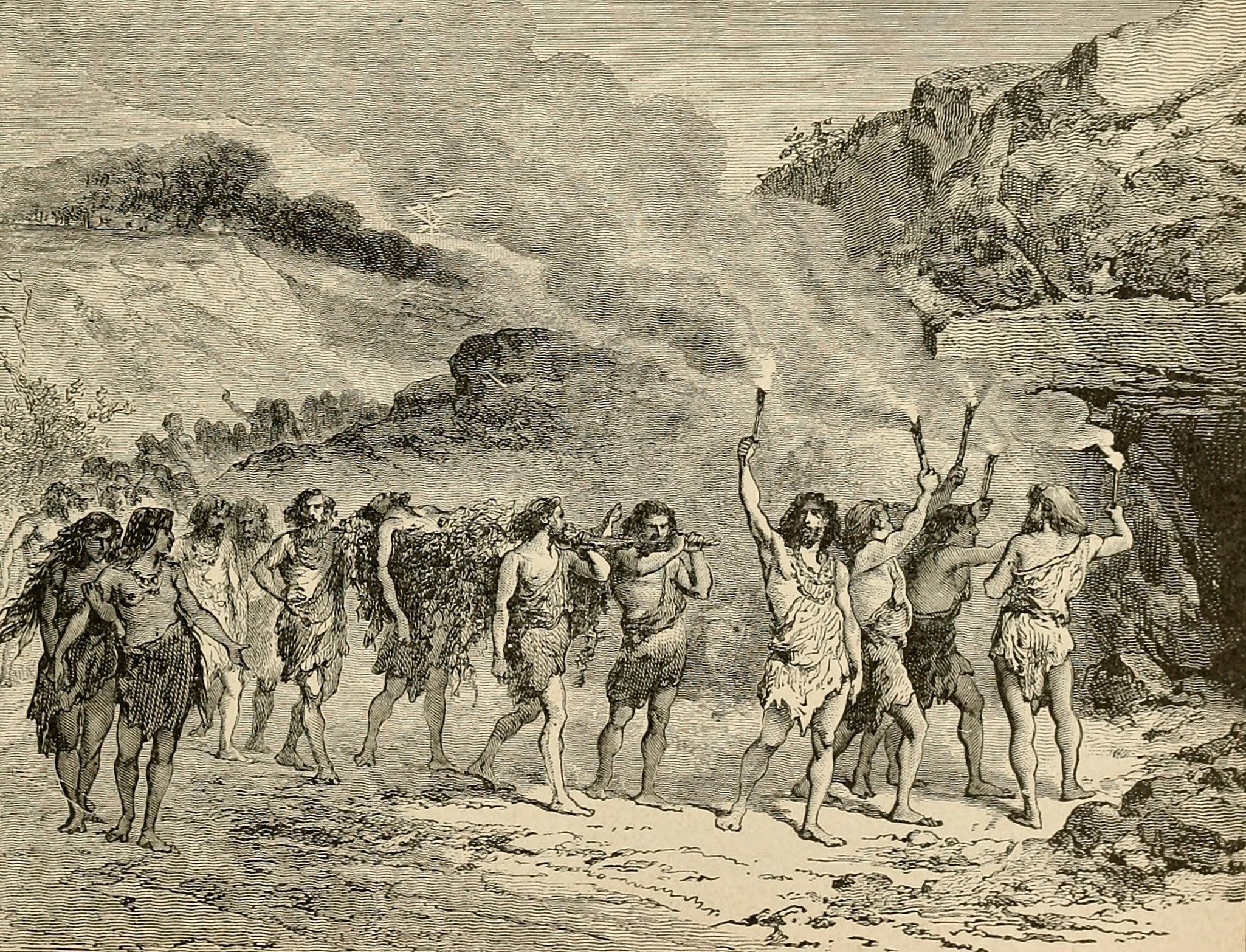Early human evolution was ‘multi-ethnic and multicultural’, scientists say
New analysis challenges traditional view of humanity's origins and suggests many populations of primitive people developed across Africa

Your support helps us to tell the story
From reproductive rights to climate change to Big Tech, The Independent is on the ground when the story is developing. Whether it's investigating the financials of Elon Musk's pro-Trump PAC or producing our latest documentary, 'The A Word', which shines a light on the American women fighting for reproductive rights, we know how important it is to parse out the facts from the messaging.
At such a critical moment in US history, we need reporters on the ground. Your donation allows us to keep sending journalists to speak to both sides of the story.
The Independent is trusted by Americans across the entire political spectrum. And unlike many other quality news outlets, we choose not to lock Americans out of our reporting and analysis with paywalls. We believe quality journalism should be available to everyone, paid for by those who can afford it.
Your support makes all the difference.The early evolution of humans was “multi-ethnic and multicultural”, according to a new analysis that challenges the traditional view of our species deep origins.
Rather than arising from a single fixed point in Africa, a team of international experts has suggested that the rise of modern humans was a much messier affair.
Ancient Africa was populated by separate populations of ancestral humans, scattered across the wild prehistoric continent and separated by deserts, forests and rivers, the study has suggested.
Gradually, it says, these populations mixed together – sharing ideas and genes – and ultimately gave rise to everyone on Earth today.
Although the fossil record shows early manifestations of modern humans appearing around 300,000 years ago, it would take many thousands more years until something emerged we would recognise as one of our own.
“The features that characterise us today – a globular brain case, a chin and a small face – those features don’t appear together in a single individual until between 100,000 years and 40,000 years ago,” Dr Eleanor Scerri, the University of Oxford scientist who led the study told The Independent.
These ancestors were not separate species, but their different combinations of modern and “primitive” features would have meant they looked more different than any two human populations today, she added.
“We do see a continental-wide trend towards the modern human form, but different modern features appear in different places at different times, and some archaic features are present until remarkably recently,” said Professor Chris Stringer from the London Natural History Museum, one of the study’s co-authors.
The same story plays out in the stone tools and other artefacts that have been found scattered across the continent, the study, published in the journal Trends in Ecology and Evolution, suggests.
While there is a general trend towards “modernisation” across Africa, the authors said evidence suggests this trend arose in different places separately throughout prehistory.
The final strand of evidence comes from analysis of both ancient and modern human genes. Once again, the scientists found evidence of huge diversity in our deep past, evidence of which can still be found in modern Africans.
"The evolution of human populations in Africa was multi-regional. Our ancestry was multi-ethnic. And the evolution of our material culture was, well, multi-cultural," said Dr Scerri.
More than anything, she added, this new understanding of our own story reminds us that although we may feel special, modern humans are not an “end point”.
“In reality the situation is we are an evolving lineage, we are not an end product. What we look like now is just a point in a process – a snapshot if you like,” she said. “People looked different 300,000 years ago, or even 10,000 years ago.”
In relatively modern times, humanity has rapidly evolved to adapt to the development of agriculture, and according to Dr Scerri this state of constant flux will continue into the future as well.
Join our commenting forum
Join thought-provoking conversations, follow other Independent readers and see their replies
Comments